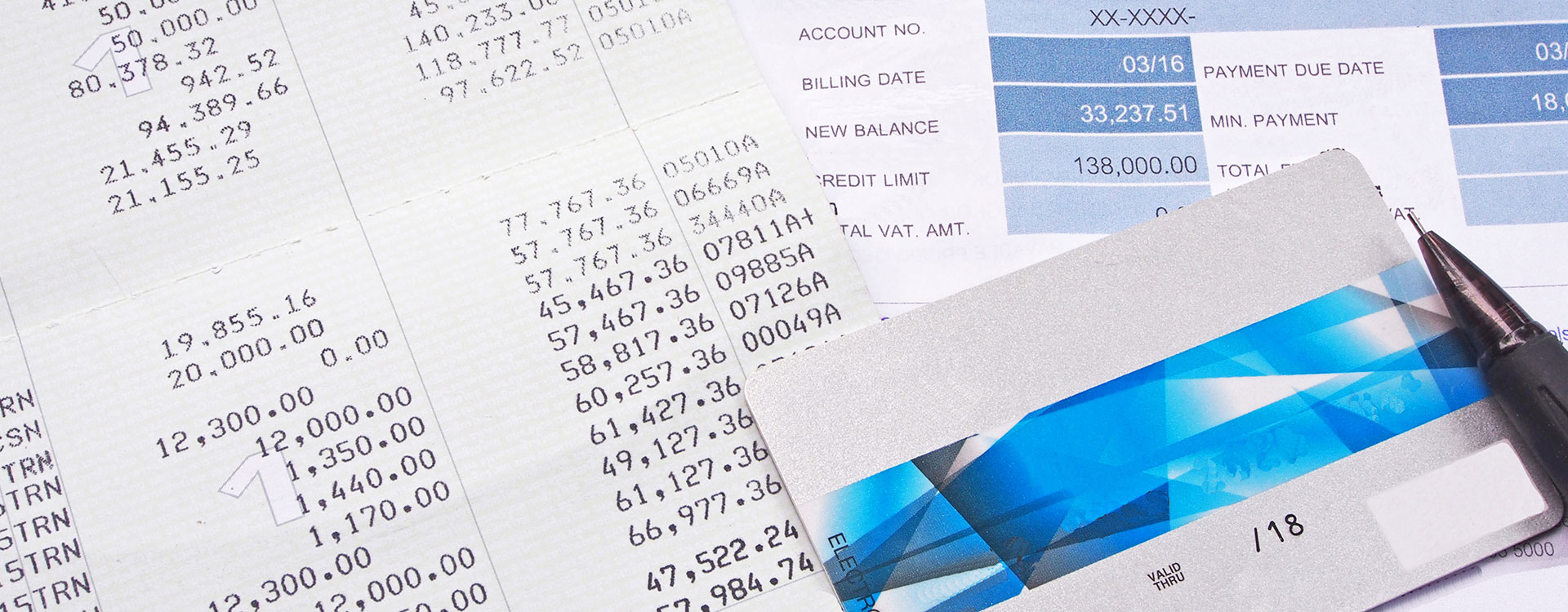You went through the process — you filled out all the paperwork and were ready to land that financing, whether it was an auto loan, personal loan or something else.
And then you got the results — your loan request was denied.
But don’t feel bad... loan denial happens.
So, now what?
First, you should relax and take a deep breath.
Believe it or not, being turned down for loans can be a good thing. Loan denial alerts you to a problem with your credit or your financial situation.
The trick is to use this opportunity to get the problem(s) fixed. Here’s what you should do after loan denial so that next time it’s more likely you’ll be looking at loan approval.
Why Were You Turned Down?
The first step is to figure out why you were turned down.
If you haven’t already, you should receive a letter from the lender shortly that describes why you didn’t meet the lender’s criteria.
Once you have that, you’ll want to review it so you have an understanding of what their reasoning was and you can get a game plan together for remedying the situation.
Reviewing Your Credit
Because the whole process can take a few weeks, it would be smart to get started now instead of waiting for that letter to arrive.
When you first learn that you have been turned down for loans, it is a good idea to check your credit reports from the three major credit bureaus — Equifax, Experian and TransUnion — right away.
You can see copies of your credit reports once every 12 months for free by visiting AnnualCreditReport.com. This will give you an idea of how lenders view your credit data. Keep in mind that checking your own credit does not harm your credit scores.
Once you have them, you’ll want to check your credit reports closely for any negative items such as late payments, collection accounts or bankruptcy filings.
These negative records lower your credit scores and can make you appear riskier to lenders.
Aside from noting the types of records on there, you’ll want to make sure everything appearing on your credit reports is accurate as well.
If the records are correct, you can calculate their expiration date to see when they will age off your credit reports (usually after 7-10 years). If the records are inaccurate, you can file a dispute to have your credit report fixed.
If you believe your credit has been damaged by identity theft, it is important to act quickly. Reporting the case to the credit bureaus and law enforcement in a timely manner can make it much easier to remove the fraudulent records from your credit reports.
It’s important to note that each of the three main credit bureaus often report slightly different information, as not everywhere reports to each bureau and they don’t share information. If you find the same error on multiple reports, you’ll need to file individual disputes to each applicable credit bureau.
The Importance Of Your Credit Scores
In addition to the finer details on your credit reports, it’s a good idea to take a look at your credit scores.
There are five main factors that impact your scores— payment history, credit utilization (how much debt you have in relation to your total credit limit), average age of your credit accounts, the variety of credit accounts you have and the number of inquiries on your credit profile.
You can see where you stand on these credit score influencers by getting a free credit report snapshot.
With this credit snapshot, you can get insight into the factors impacting your credit standing in a positive way and what areas you may need to work on improving. You can use this analysis to figure out why you might have been turned down and what you can do to improve your scores.
For example, you may need to reduce your debt balances, improve your payment behavior or work on your balance of accounts. Don’t wait to make these changes until the letter arrives — Now is the time to start making improvements, as it can expedite when you’ll see results.
Receiving The Explanation Letter
Once your loan denial letter arrives, you can use that information to see if the information you gathered while reviewing your credit (and your guesses as to why you were denied for your loan) matches up with the lender’s reasons for denial. If it does, great job — You’ve already started working on improving your credit and fixing the problems.
If it doesn’t, you may need to do some more research, including talking with your lender for more specifics.
Aside from credit concerns, the lender could have rejected your application for many other reasons, including your debt-to-income ratio, an error in your application or lending restrictions for your state, which may not have been reflected in your credit.
If you have questions about why you were turned down, call the lender’s customer service team for more information.
The loan denial letter also includes instructions for obtaining a free copy of the credit report from the bureau that was used for your application.
You are still entitled to receive this free credit report if you have been turned down for a loan, even if you have already requested the three free credit reports you can get each year from AnnualCreditReport.com.
It’s a good idea to make sure you use this free report opportunity. The letter will have instructions on how you can request your credit report. If you’ve already started working on improving your credit, you can use this free additional report to see if anything has changed since you started the process.
When It’s Time To Apply For A Loan Again
Ideally, you should only consider applying for a new loan after you’ve gone through the process of reviewing your credit, the loan denial letter and taking steps to improve the situation to help prevent another loan denial.
Each time you apply for a loan, your credit scores get dinged with a “hard inquiry,” lowering your scores.
(Note: Inquiries remain on your reports for two years, but only affect your credit scores for 12 months.)
This means you could damage your credit scores simply by applying for multiple loans that you know you may not get.
If you can, wait to re-apply for a loan until you’ve worked on improving your credit and financial standing. This way, when you submit an application again, you’ll have better odds of loan approval and you won’t suffer the inquiry just to get denied again.
If waiting simply isn’t possible because you need money now (and can’t qualify for a personal loan), you can investigate other ways to borrow money.
Credit cards and emergency loans could provide you with the money you need. You can also consider using savings, borrowing from a family member or friend, or asking your employer for an advance and working out a payment plan.
Being turned down for a loan isn’t fun, but it can be a good opportunity to take a hard look at your credit and financial standing and improve your situation.
How Credit9 Can Help You
At Credit9, we offer loan options that could provide you with the financial solution that works best for you.
Since 2018, Credit9 has provided over $460 Million in loans to over 36,000 of our customers, and we’re confident we can help you too.
For more information about Credit9’s unique debt consolidation services, contact us today to see how we can help you consolidate your debts and receive a free, no-obligation, and fully-customized Credit9 loan solution!
Debt Consolidation Loan

 Clear Language Establishes Trust And Minimizes Anxiety When It Comes To Finances
Clear Language Establishes Trust And Minimizes Anxiety When It Comes To Finances
 The Best Ways To Loan Money To Friends And Family
The Best Ways To Loan Money To Friends And Family
 Paying For A “Delete” (Is It A Good Idea?)
Paying For A “Delete” (Is It A Good Idea?)